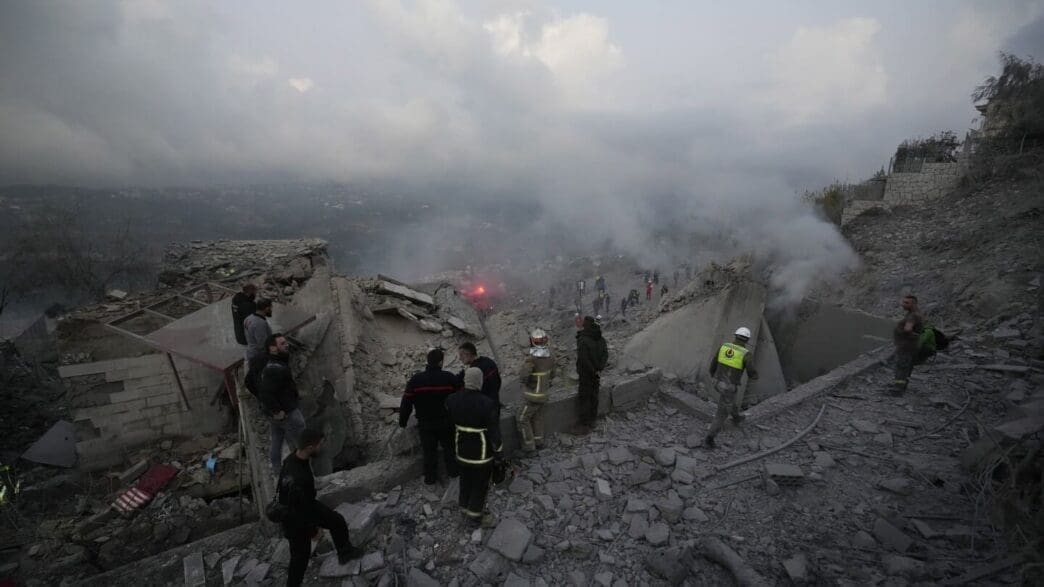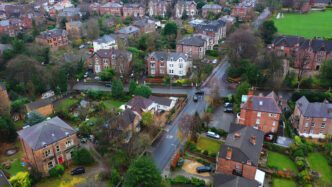In the ongoing conflict between Israel and Hezbollah, Lebanon’s Shiite Muslim population is bearing significant hardships. Many within this community feel unjustly targeted due to their religious affiliation with Hezbollah and their residential proximity to the group’s militants.
Shiite Muslims in Lebanon are enduring considerable suffering amid the Israel-Hezbollah conflict, as they often reside alongside Hezbollah members in southern and northeastern Lebanon and southern Beirut neighborhoods. Israeli airstrikes are predominantly concentrated in these regions, aimed at Hezbollah militants, yet many Shiite civilians have become collateral damage.
The Israeli government has maintained that their objective is to combat Hezbollah, not the Lebanese people or their faith. However, the toll on Shiite communities is growing, with residential areas flattened and cultural landmarks like Nabatiyeh’s historic market severely damaged. Mohanad Hage Ali from the Carnegie Middle East Center highlights the destruction of urban areas and cultural sites as a form of collective punishment against Lebanese Shiites.
Some Shiites have taken refuge in Christian, Sunni, and Druze areas, only for these areas to become targets as well, leading to increased sectarian tension. Wael Murtada, a Shiite resident, lost his relatives in an airstrike intending to target Hezbollah. He insists that no one in the family had ties to the militant group, underscoring the indiscriminate nature of the bombings.
Despite Israeli efforts to justify their military actions, including video releases indicating targeted strikes on Hezbollah strongholds, many Lebanese perceive these as attacks on civilian populations. Statements from Israeli military spokespersons, while asserting precision, only fuel Shiite fears of being targeted as a strategy to undermine Hezbollah.
In the larger context, the war has severely strained Lebanon’s social fabric, with over 3,500 people killed, including a significant portion of women and children. Displacement figures are alarmingly high, with over a million people forced from their homes, most of whom are Shiites.
The economic and physical devastation is immense, with major areas such as Tyre and Beirut’s southern suburbs left in ruins. Political dynamics within the Shiite community are also being tested, as some view Hezbollah’s failure to deter Israel as weakening their standing, while others see potential for political diversification if the group loses influence.
Cease-fire negotiations offer a glimmer of hope, though some critics argue that an earlier acceptance of terms could have mitigated the destruction. For many Lebanese, the damage has already been catastrophic, affecting not just their homes and neighborhoods but also the political landscape of Lebanon.
The conflict between Israel and Hezbollah continues to inflict deep wounds on Lebanon’s Shiite communities. As cease-fire discussions proceed, the hope is that a resolution will curtail further loss and allow for rebuilding. However, the scars of war—seen in the devastated neighborhoods and displaced families—will linger long after the last bombs fall.
Source: APNews








